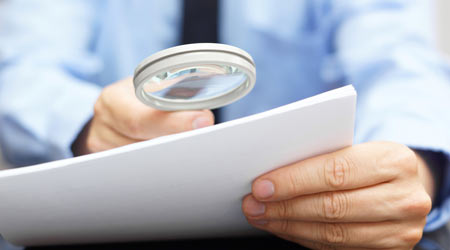
Prefab Bathrooms Add Speed, Luxury to Hospital Renovation
August 29, 2016
The words “prefabricated” and “luxury” rarely appear in the same sentence, but new developments in offsite manufacturing may help hospitals’ ongoing efforts to build more deluxe new facilities.
The Christ Hospital Joint and Spine Center in Cincinnati, which welcomed its first patients last September, plugged in high-end modular bathrooms as part of its tight construction schedule. The 87 patient rooms on three floors each contain a bathroom built offsite by Pivotek, a Cincinnati company that specializes in prefabricated bathrooms.
The 355,000-square-foot joint and spine facility, which also includes 12 operating rooms, was the centerpiece of a $280 million renovation to the hospital’s main campus.
Herb Caillouet, executive director of operations for the Joint and Spine Center, said that the bathrooms were basically “pushed through a hole in the wall and floated in on an air mattress. Not one tile or grout line or mirror was broken in the process.”
After workers did the necessary hookups for plumbing, electric and HVAC, “the only thing missing was the artwork on the wall and a roll of toilet paper.”
Not surprisingly in today’s environment, patient experience was a central consideration, according to Arthur Cantwell, a Skidmore Owings Merrill associate who was responsible for interiors on the project.
Christ Hospital also wanted a flexible design so that the rooms could be repurposed in later years; Cantwell said that they could also serve as ICU rooms with no remodeling.
Cantwell said that his previous experience with modular bathrooms had been “a box with a shower and a toilet, and very little thought put into it.” But everything about Christ Hospital’s project was thoroughly analyzed, with the goal of making the rooms feel like someone’s house. “It was something much more complex than we had done in the past,” he said.
Niches for the sinks and showers defined the space better, he said, and every room had enough turning radius for a wheelchair.
“There are lots of little details we spent time on,” Cantwell said. “There wasn’t one square inch that wasn’t thought out.” Several mock-ups were built during the process; the final iteration was at Pivotek’s facility, and several minor changes were made after doctors and nurses visited it.
Although SOM has worked with prefabricated bathrooms on hotel projects before, the Christ Hospital project was Cantwell’s first experience with it. Pivotek, he said, “looked at it as a learning opportunity, because we really challenged the way they had typically done things.”
Pivotek president Kent Hodson said that his company manufactures any repeatable component of a building, and bathrooms are a prime candidate, because they involve “ten trades in about 64 square feet.” Because it can be hard to schedule and coordinate that many workers at a building site, manufacturing a whole bathroom in a factory and dropping it into place with a crane becomes more cost-competitive.
Caillouet said that modular construction also helped in the installation of the new building’s plumbing, head wall and HVAC systems.
For more healthcare facility articles, visit HealthcareFacilitiesToday.com.
This Quick Read was submitted by Cathryn Jakicic, Healthcare Industries Editor, Facilities.net.
Next
Read next on FacilitiesNet












